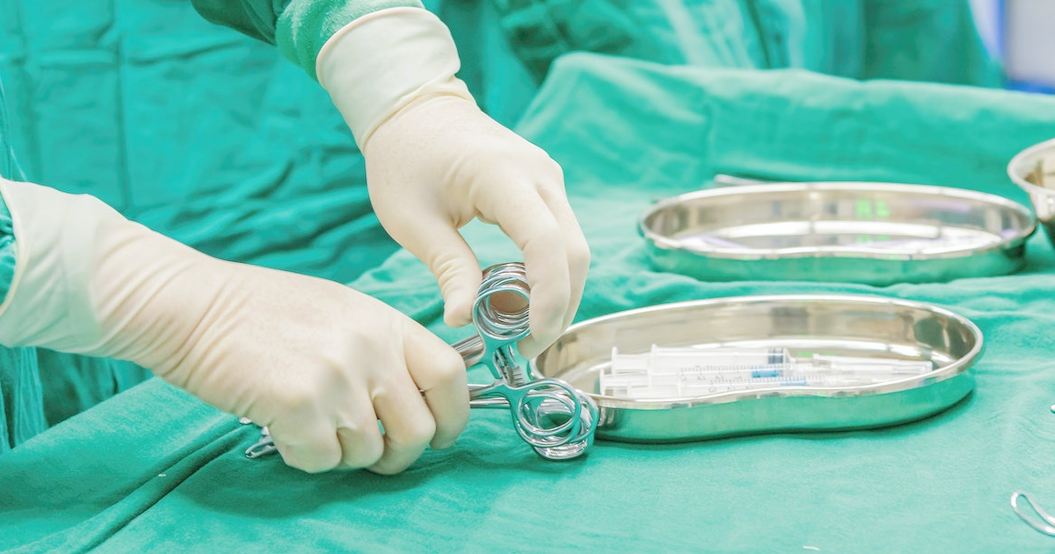Bunions are bony lumps that form on the side of the big toe’s joint. Houston bunion treatment initially aims at stopping them from becoming worse by relieving pain and discomfort. Some of the things you should do to relieve discomfort are wearing wide shoes with a soft sole and low heel, holding an ice pack to the bunion for 5 minutes at a time, using soft pads to stop the bunion from rubbing on the bunion, lose some weight and finally take some pain killers. Visit a bunion doctor Houston if the pain does not improve after the treatments, the pain worsens, or if you have underlying conditions such as diabetes which can cause foot problems to be severe. You might get more options to ease symptoms or refered to Houston bunion removal surgery.
A surgeon will use bunion surgery Houston to remove the bony bump on your foot. The main benefits of bunion surgery include:
- Repair of the toe joint
- To restore foot alignment
- Relieve pain and pressure in the foot.
Types of bunion surgery
There are several types of Houston bunion surgery, such as lapiplasty bunion surgery Houston that the surgeon can recommend depending on the shape, size, and symptoms.
Repairing of ligaments and tendons
If the cause of a bunion is loose or tight tissues the foot surgeon will use surgery to tighten the loose ones and loosen the tight tissues.
Exostectomy
Usually performed together with other types of surgery such as osteotomy or soft tissue removal. This procedure will remove the bony bump from the big toe. However, the exostectomy does not correct the underlying cause of the bunion and there is a chance of recurrence of the bunion.
Osteotomy
The foot surgeon cuts into the bone and uses screws, pins, and plates to reduce misalignment of the toe. During this procedure, a small portion of the bone can be removed.
Arthrodesis
Parts of the arthritic joints are removed then wires, plates, and screws are used to hold the surfaces together. It is a procedure used on severe bunions or arthritis to undergo this procedure.
Resection arthroplasty
Part of the damaged joint is removed to provide more space between the bones during this procedure. The power of the big toe can be reduced so it is used for older people, people who have undergone other forms of bunion surgery unsuccessfully, and those whom arthrodesis cannot treat.
Before the surgery, you may have your heart health, lungs, and blood tests for infection and illness performed. Before any procedure, one should be in good health which means eating a healthful diet, exercising regularly, and quitting smoking several weeks before to reduce the risk of infection. You will be advised on the medications you are on and what medications you will stop taking. If need be you will be advised on how long to stay before eating and drinking before surgery.
During the procedure, local or general anesthesia is administered. General anesthesia means you will be unconscious through the procedure while local anesthesia means numbing below the ankle. Once the effect of the anesthesia has taken place the doctor performs the surgery carefully monitoring your vitals. A bandage is applied to the foot and you are transferred to the recovery room as the anesthesia wears off you have a team observing you. You can go home a few hours after the surgery and organize transport home because you will not be allowed to drive.
After the procedure, the doctor will provide instructions on how to care, speed up healing and avoid complications. Some of the things expected of you include:
- Elevating the foot above the heart level while resting.
- Take antibiotics to prevent infections and painkillers for pain and inflammation.
- Use an ice pack to bring down swelling.
- Use a surgical boot to move around.
- Use a knee walker or crutches for a few weeks.
- Wear shoes with a wide-toe box.
- 6months after surgery avoid high heels.
- Visit a physical therapist for rehabilitation techniques.
- Began placing the weight back on the foot over time.
- Visit all the doctor’s appointments for a change of dressing and removal of the stitches.
